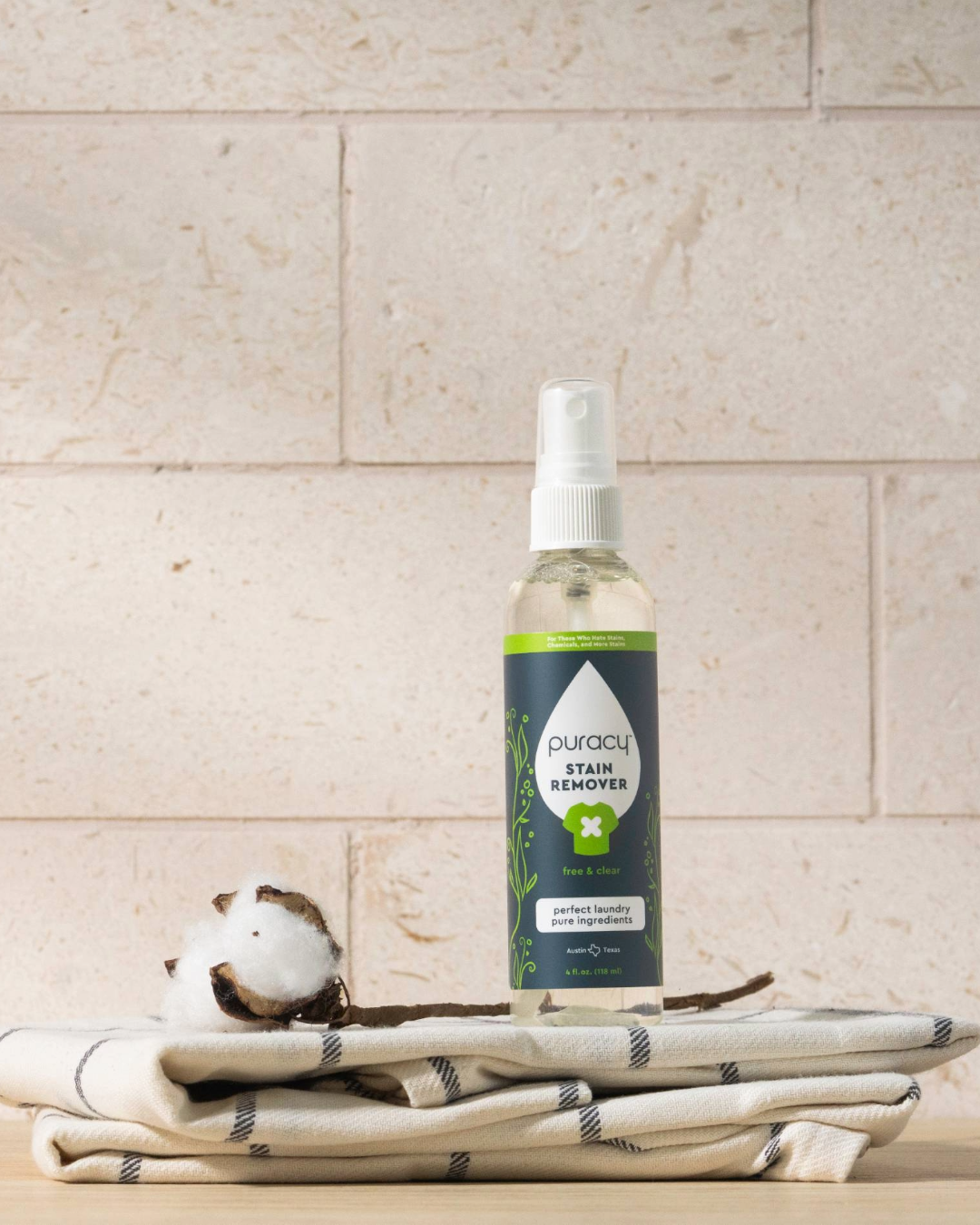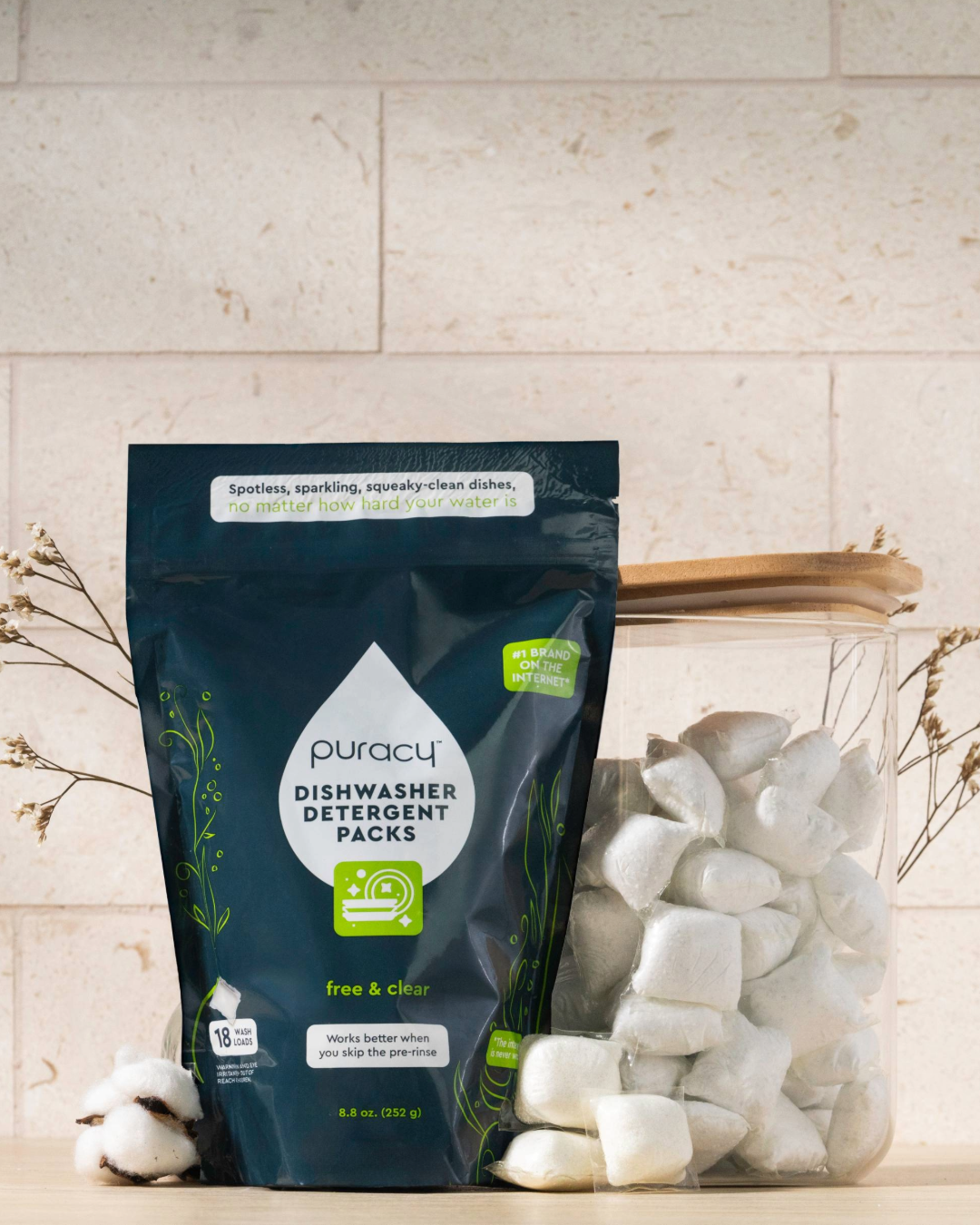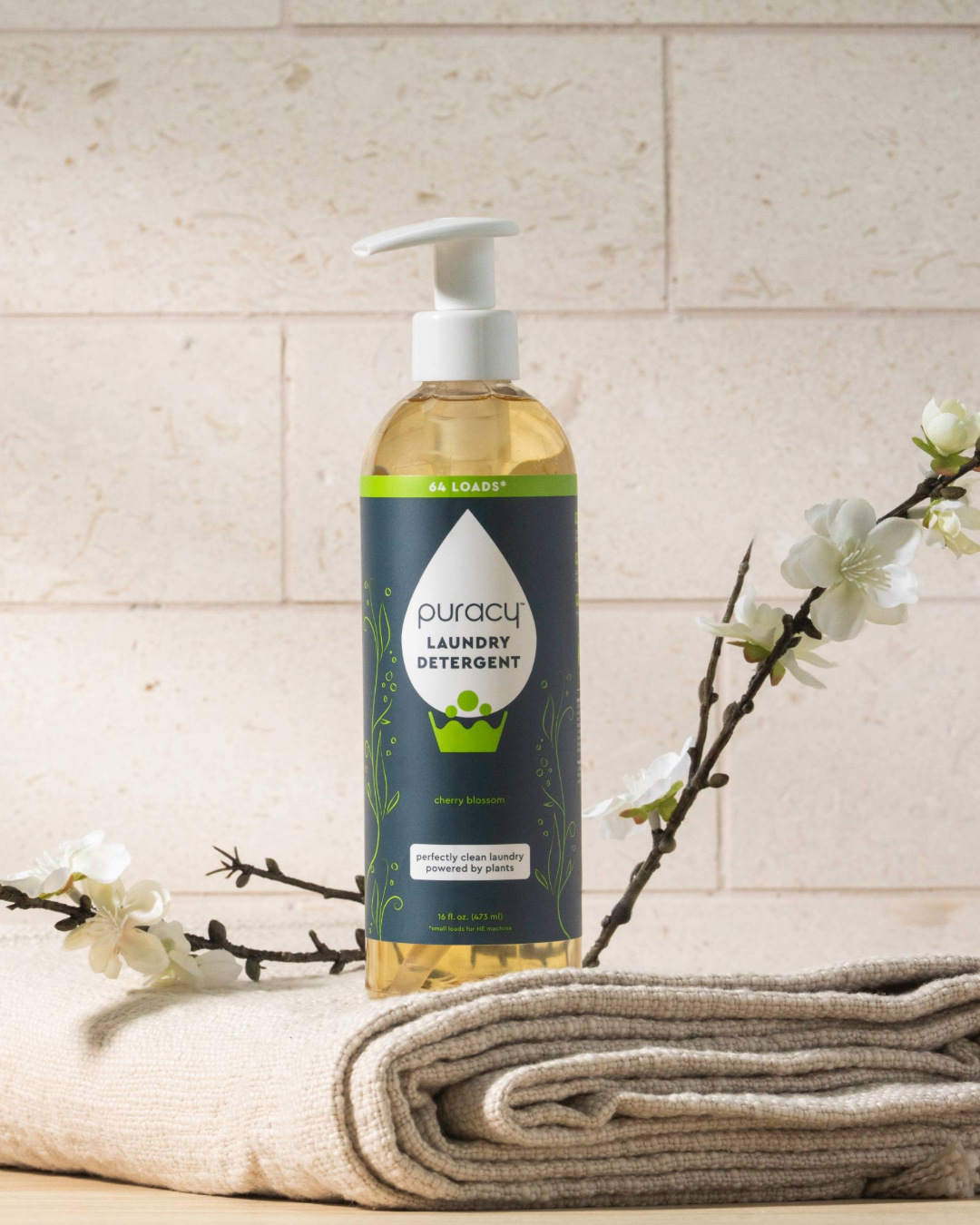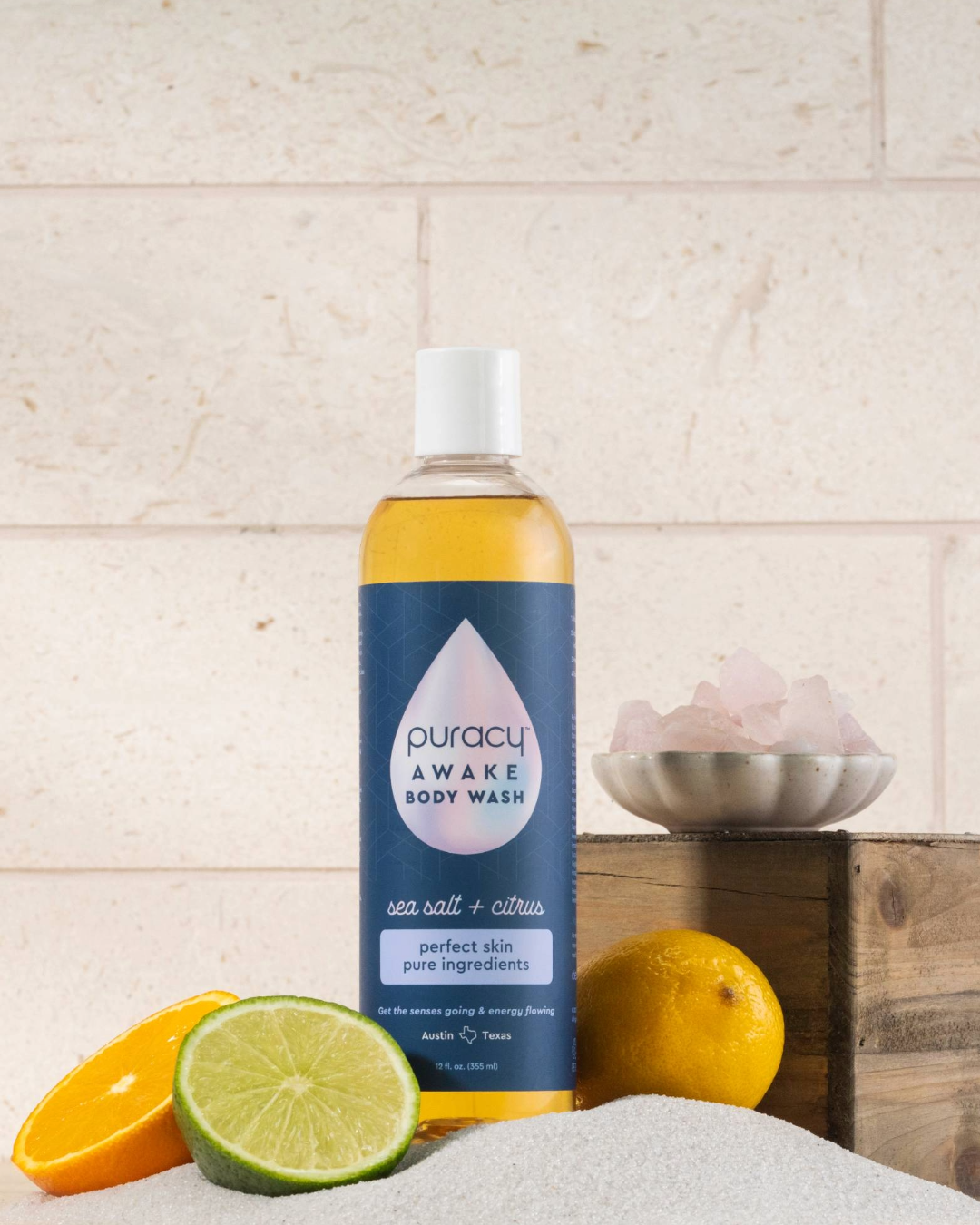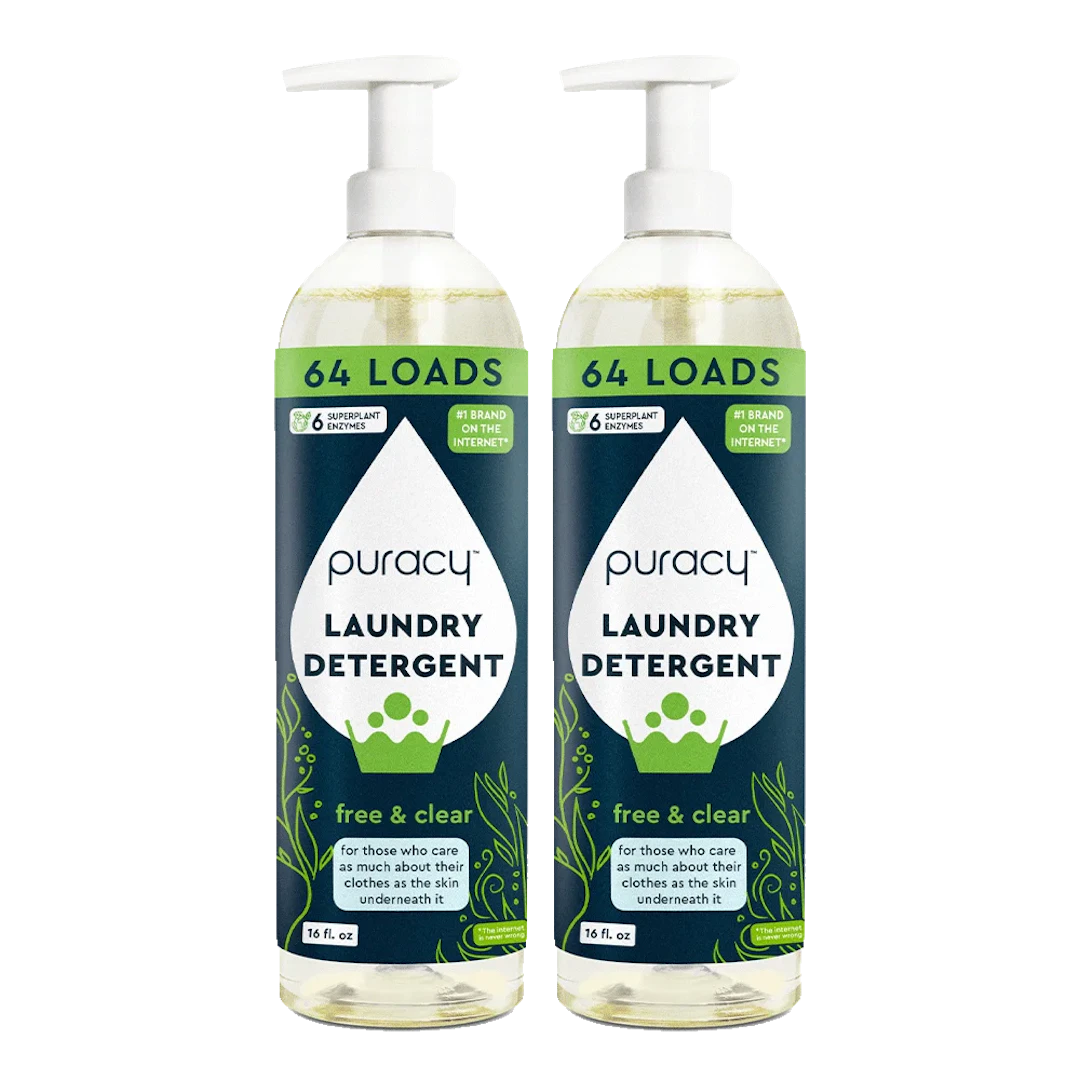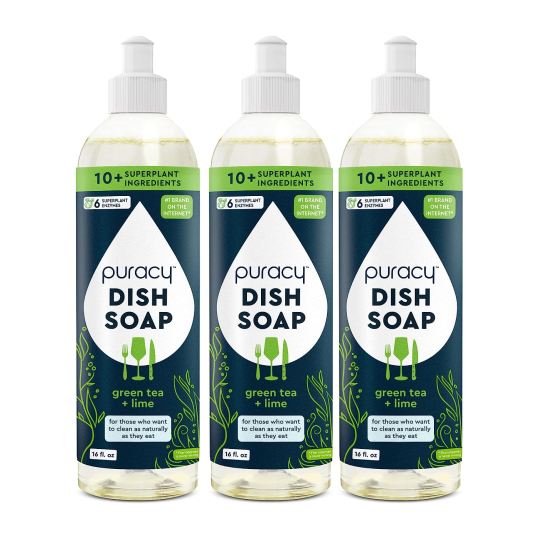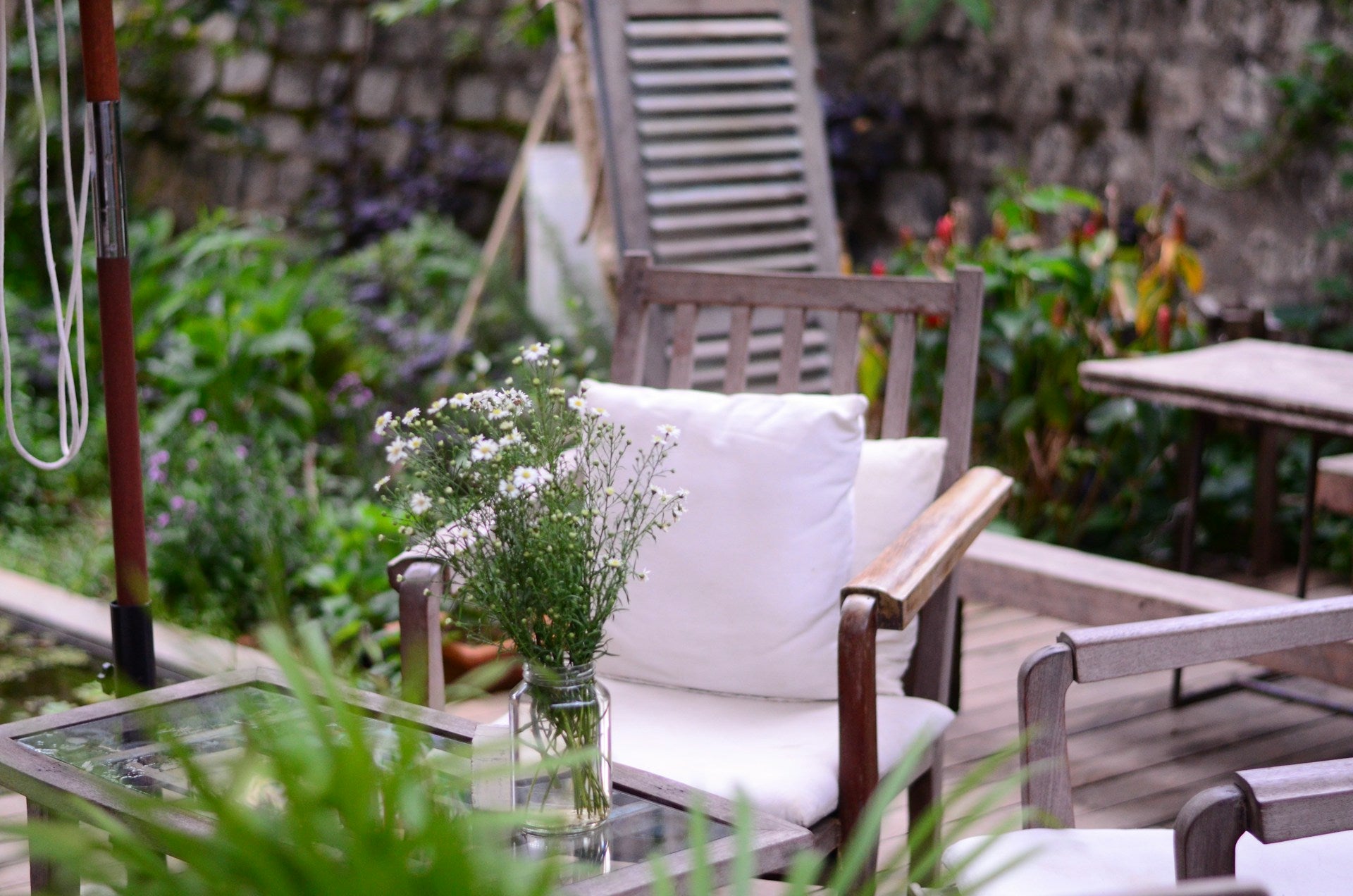
How to Clean Used Shoes
Used shoes can harbor bacteria, fungus, and that unmistakable worn-in smell, but guess what? Cleaning and disinfecting second-hand shoes is totally doable, eco-friendly, and way better than sending them to a landfill. Here's how you can do it without sacrificing style, safety, or sustainability.
Step-by-Step Process for Cleaning Used Shoes

What You’ll Need:
- Mild detergent
- Baking soda
- White vinegar
- Rubbing alcohol (or hydrogen peroxide)
- A toothbrush or soft brush
- Clean cloths
- Natural disinfectant
- Essential oils (like tea tree or eucalyptus)
- Shoe deodorizer (optional)
- Enzyme-based stain remover
- Soft-bristled brush (or suede brush)
- Shoe trees or newspaper (for drying)
Steps:
1. Inspecting the Used Shoes
Before you start scrubbing away and disinfecting, take a moment to examine what you’re working with. Check for any tears, loose stitching, or worn-out soles. Sometimes, cleaning and disinfecting can worsen existing damage, so it's smart to address repairs first. If there’s significant wear and tear, consider whether these shoes are salvageable or should be recycled instead. Once you've decided they’re worth the TLC, you’re good to go and begin disinfecting.
2. Disinfecting and Sanitizing
Shoes, especially used ones, can be a breeding ground for bacteria, fungus, and viruses. You don’t want to risk athlete’s foot or any other infections. Start by wiping the inside and outside of the shoes with natural disinfectant. If you’re dealing with leather or delicate materials, test a small spot first to ensure it won’t discolor.
For extra sanitation and disinfecting power, mix equal parts water and rubbing alcohol (or hydrogen peroxide) in a spray bottle. Lightly mist the inside of the shoes and let them air dry completely for best disinfection results. Not only will this disinfect the shoes, but it’ll help kill odor-causing bacteria.
A third DIY option? Vinegar is a natural, eco-friendly disinfectant without harmful chemicals.
Pro tip: If you’re battling athlete’s foot, throw in a few drops of tea tree oil for its antifungal and disinfecting properties.
3. Deep Cleaning the Shoes
The level of cleaning and disinfecting you’ll need depends on the material of the shoe, so let’s break it down.
- Leather Shoes: Leather needs a gentle touch. Start by brushing off any dirt or dust with a soft cloth. Mix a solution of mild soap and warm water, and use a clean cloth to wipe down the shoes. Avoid soaking the leather! After cleaning, condition the leather with a natural, eco-friendly leather conditioner to prevent cracking.
- Canvas Shoes:Canvas is durable, but it can absorb stains easily. Scrub the canvas with a toothbrush and a mix of baking soda and water, which acts like a natural stain remover. Rinse them off with cool water and let them air dry. Do not throw canvas shoes into the dryer unless you want them to shrink into doll-size versions of themselves.
- Suede Shoes: Suede is the diva of shoe materials, but with a suede brush and a lot of patience, you can restore it. Gently brush away dirt using circular motions. For stubborn stains, a little white vinegar on a cloth can do wonders—just be cautious and don’t soak the suede.
- Rubber Soles:Those white rubber soles that always seem to attract dirt? They’re not beyond saving! A Magic Eraser works wonders on rubber soles, or you can mix baking soda with a little water to scrub them clean. Wipe it all down with a damp cloth.
4. Cleaning the Inside
The insides of shoes can sometimes be the grossest part—think sweat, bacteria, and that unmistakable foot odor. Remove the insoles if possible and scrub them with warm water and mild detergent. After rinsing, let them air dry completely (ideally in the sun for extra disinfecting power).
For non-removable insoles, sprinkle baking soda inside the shoes and let it sit overnight to absorb moisture and odors.
5. Cleaning the Outside
After deep cleaning and disinfecting the material, focus on the exterior. Use the proper brush or cloth for each shoe material (suede, canvas, leather). Make sure you’re gentle with any delicate areas. Stubborn stains can often be tackled with a bit of white vinegar and water, applied sparingly with a cloth.
6. Cleaning Shoelaces
Don’t forget the laces! They’re often the dirtiest part. Remove them and let them soak in warm, soapy water while you work on the shoes. After soaking, scrub them with a toothbrush to remove any remaining grime, rinse them thoroughly, and let them air dry.
7. Drying the Shoes
Whatever you do, don’t throw your shoes in the dryer—it’s not worth the risk of shrinking, warping, or damaging your precious footwear. Instead, stuff the shoes with newspaper or a shoe tree to help maintain their shape while they air dry. Place them in a well-ventilated area, preferably somewhere sunny, which speeds up the drying process and acts as a natural disinfectant.
Pro tip: Avoid direct sunlight for sensitive materials like leather, which can crack and fade.
8. Odor Removal
If the shoes still have an unpleasant odor even after cleaning, sprinkle some more baking soda inside and let it sit for a few hours before shaking it out. You can also pop in a shoe deodorizer or a few drops of essential oils like tea tree or eucalyptus, which will help keep them smelling fresh and clean.
Cleaning Specific Brands and Materials
Some shoe brands are notoriously tricky to clean, especially delicate ones like Allbirds or Nike Flyknits. These brands use a combination of soft fabrics and technical materials, which require extra care. Always check the care instructions if possible. For example, Allbirds can be washed in cold water in the washing machine but must be air-dried. Flyknits, on the other hand, benefit from gentle hand washing.
FAQs About Cleaning Used Shoes

What’s the Best Cleaner to Use on Pre-owned Shoes?
It depends on the material! A mild detergent or soap with warm water works well for most shoes. For more delicate fabrics, like suede or leather, specific cleaners like a suede brush or leather conditioner are the best way to go. Always check the label before diving in.
Is It Safe to Wear Second-Hand Shoes?
Absolutely—so long as they’re cleaned and disinfected properly. Pre-owned shoes can be an eco-friendly option, but it’s crucial to sanitize them to prevent the spread of bacteria, fungi, or viruses.
Can You Use Disinfecting Wipes on Shoes?
Yes, but cautiously. Disinfecting wipes are excellent for cleaning rubber soles or synthetic materials, but be careful when using them on delicate fabrics or leathers. Always do a spot test first.
What About Alcohol for Cleaning?
Rubbing alcohol or hydrogen peroxide can be a great disinfectant for shoes, but again, test a small area first—especially on leather. Alcohol can dry out certain materials, so moderation is key.
Are Second-Hand Shoes Better for the Environment?
Yes! Buying second-hand shoes helps reduce waste and gives a second life to an otherwise discarded item. Plus, when you clean and care for used shoes, you’re reducing the need to purchase new ones, minimizing your environmental footprint.
How Do I Disinfect Used Shoes?
Disinfect pre-owned by wiping them with a natural disinfectant or spraying a mix of water and rubbing alcohol (or hydrogen peroxide) inside and out. Let them air dry to allow the solution to kill bacteria, fungi, and viruses. For extra odor and germ control, sprinkle baking soda or add a few drops of tea tree oil.
Can You Machine-Wash Shoes?
Some shoes, like canvas or fabric sneakers, can be machine-washed in cold water on a gentle cycle, but in general, it’s better to avoid the dryer completely, especially with pre-owned . Always air dry. Avoid machine washing leather, suede, or delicate materials, as this can damage them.
How Can I Clean Leather Shoes?
Clean leather shoes by wiping them with a cloth dampened in mild soap and water. Avoid soaking them. After cleaning, apply a leather conditioner to prevent cracking and maintain flexibility. Test any cleaning solution on a small area first.
What Can I Use to Clean Shoe Laces?
Soak shoelaces in warm, soapy water for 30 minutes, then scrub them with a toothbrush to remove dirt. Rinse thoroughly and let them air dry. For white laces, adding a little baking soda to the soak helps lift stains.
How Can I Speed Up Drying After Cleaning?
Stuff shoes with newspaper or use a shoe tree to help maintain shape and absorb moisture. Avoid using heat sources like dryers or heaters, which can warp the shoes or damage delicate materials. Let them air dry in a well-ventilated area, preferably under indirect sunlight.
How Often Should You Clean Second-Hand Shoes?
It depends on usage. Clean and disinfect thoroughly before the first wear. After that, clean as needed based on wear and environment. Shoes used for outdoor activities or sports will need more frequent cleaning than casual or indoor pairs.
What’s the Safest Cleaner for Delicate Materials?
For delicate materials like leather or suede, use specialty cleaners designed for those fabrics. Mild soap mixed with water works well for general cleaning. Always test any cleaner on a small, hidden area of the shoe to ensure it won’t damage or discolor the material.
